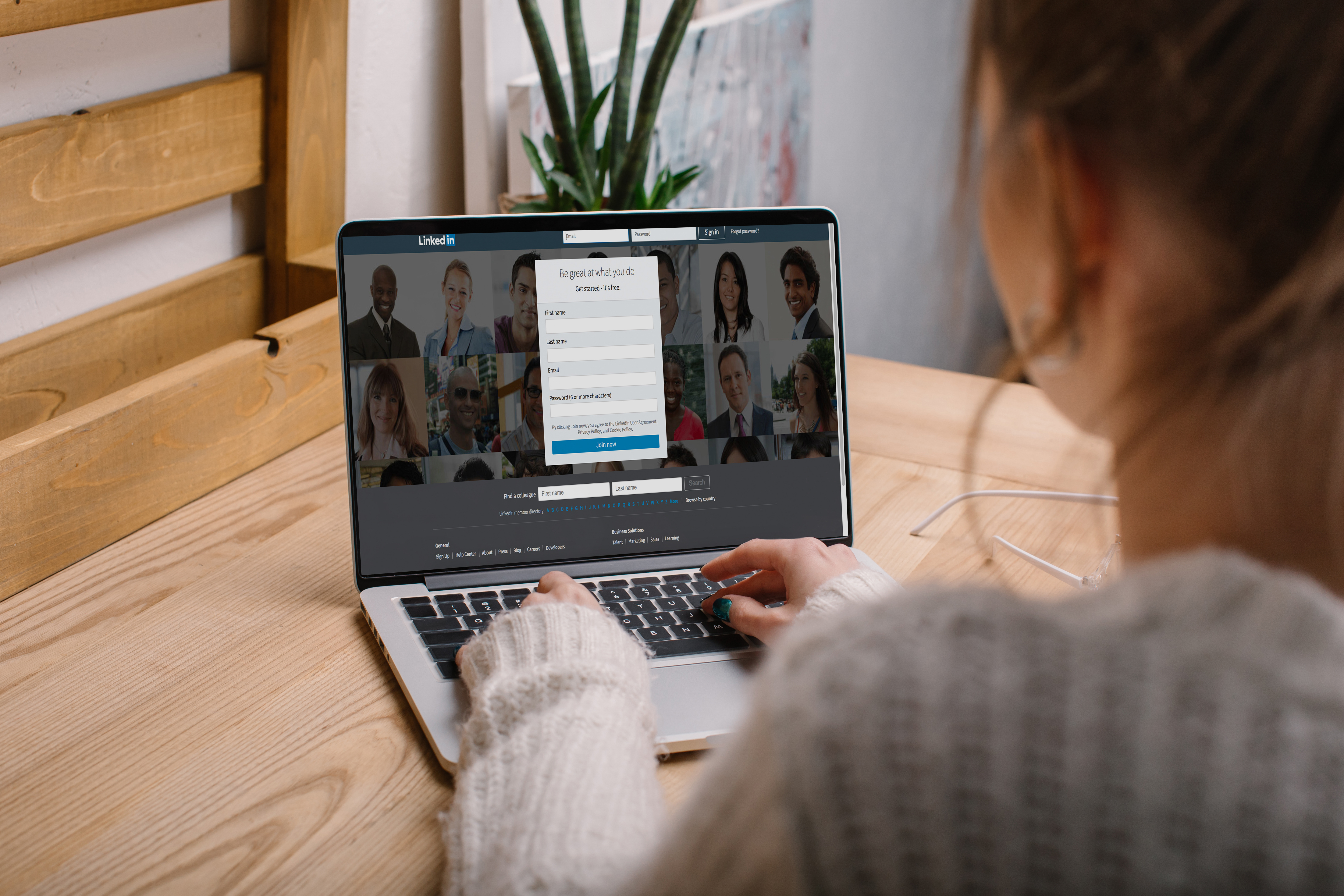Whether we like it or not, the accounting industry has not typically been on the cutting edge of technology. That’s not to say that there aren’t some firms out there who are utilizing technology and have most definitely caught the Social Media wave—and very successfully, I might add. The thing about technology is that it is constantly changing and upgrading. What we buy and install today is outdated sometimes in three – six months and certainly after a year or two. Firms that keep waiting for the perfect software to fix all their problems get further and further behind the technology curve. The longer they wait, the more money and time it takes to invest in technology and use it to their advantage. The firms who have embraced cutting-edge technology in one capacity or another still have their ups and downs, but they are finding it easier, faster, and more efficient to help their clients, generate new business, and produce the work.
There are some firms out there who block social media sites like Facebook or LinkedIn, but allow staff to bring their smart phones to work. While we don’t like to believe it, I promise you, if the sites are blocked from the work computers, employees are most certainly still accessing them from their phones. I say if you can’t beat them, join them—teach them how to use social media and technology to help the firm’s business grow. I believe those sites were initially blocked because they were perceived to be time-wasters, relatively unstable or unknown, and not useful for business purposes whatsoever. That might have been a good move several years ago, but it isn’t anymore. The Social Media wave is no longer coming— it’s crashing down upon us, and it’s time to ride the wave!
So how does an accountant take a social media site like LinkedIn and use it to grow your business? First, you need to get on LinkedIn and create a profile. If you are not familiar with how to do this, LinkedIn has a great step-by-step set up that you can walk through.
Here are some key steps to setting up your profile. Put your picture on your profile—this will come in handy later. For the summary section, create a paragraph or three about how you help your clients, your niche areas, a specialty, or a great client success story, and make it lively and interesting. Make sure to add your firm’s website and your office contact information. In essence, it’s like a resume of your life with previous positions held, educational background, etc.
Once you have a profile, you must begin connecting or getting “linked in”. Start brainstorming all the people you know personally from the club, the golf course, the sports fields, church, old college friends, your neighborhood, people you sit on boards with, the parents of your kid’s friends, family and even your spouse. Make sure to jot these down so you don’t forget. Then brainstorm on those you know professionally. Start with your clients and referral sources like bankers and attorneys, then move on to people you met at networking events. Last, but not least, go through those business cards you have sitting in your desk drawer waiting for some type of follow-up.
Now, just start sending invitations to connect. You can search for those people on LinkedIn, or you can just type in their email address. It has a readymade invitation that allows you to enter up to 200 names at once and sends everyone an invite to connect with you. Some of the invitations you may want to customize, but it is a generally accepted rule that you can send the readymade one. Even if they are not on LinkedIn, it’s ok to send an invitation regardless. I have had two managing partners tell me they were finally getting on LinkedIn after my invitation was the 6th or 7th one they had received. This may take you a little bit of time to set up initially. After that, you can maintain LinkedIn with a few minutes a couple of times a week depending on how active you want to be. So now that you have made connections and are LinkedIn, how does this help your business grow?
It is a great resource to find a contact name for prospects in your pipeline and a way to “warm up” a call or get an introduction to a possible new client. The more connections you have, the better chances someone in your network will know someone at a company on your prospect list. I had a prospect on the west coast and knew no one in the firm, but I searched for the firm on LinkedIn and found that one of my connections, who happened to be a client on the east coast, was connected to the CEO of my prospect firm. I would have never guessed those two knew each other. So, I made a call to my client and he was happy to give me an introduction to the CEO.
An accountant I work with was trying to get some face time with an audit committee before her proposal went out. She could not get an introduction or access to the audit committee members. She typed their names into LinkedIn and found that an old college friend had a connection with one of the members. And, you guessed it: she got an introduction, built like and trust, and won the bid.
I could tell you one success story after another from using LinkedIn in this capacity. It is amazing. There is even a button you can press if you don’t want to pick up the phone and call for an introduction. You can send your connection a readymade invite that requests an introduction to someone they know on LinkedIn. It’s a great way to help each other out.
LinkedIn is also a great way to manage your follow-up after returning from a conference, networking event, chamber meeting, or a business mixer. Gather the business cards you collected and make time the next day to send them an invite on LinkedIn to connect with you. This might take you five minutes depending on how many cards you received. This shows you to be proactive and technologically savvy. It also immediately puts the face with the name and reminds them of who they met at the function. Once you are connected, it is ok to contact them six months later for a lunch appointment, verses leaving their card in your desk and ultimately throwing it away because it has been six months and you are worried they will not remember you.
LinkedIn also allows you to post PowerPoint presentations or articles you or others have written. You can also choose to send them to specific connections as a touch-point. One accountant posted an article about a new franchise tax law on his profile, then sent it specifically to his clients and prospects on LinkedIn. It was another touch-point to show them he was thinking about them and their business. He won two prospects from that because their current accountant never mentioned the new franchise tax law. The LinkedIn part took him three minutes.
There are thousands of groups with many different interests on LinkedIn. Most of your popular accounting associations have groups on LinkedIn sharing questions, answers, and best practices. You can utilize the groups for educational purposes. Another accountant was breaking into the healthcare niche and joined several groups to get firsthand knowledge of what was happening on the ground from all different types of people in the healthcare industry. What he also found was that many of the companies that would be ideal clients for him had a lot of representation in these groups. As he began to participate in the discussions, his name and picture were being seen multiple times. After a little time in the group, he requested some LinkedIn connections with some of the participants and has since had several meetings with what an ideal client for him would be. Another accountant in the construction niche joined a local construction group on LinkedIn and found he was the only accountant in the group. Don’t think he didn’t use that to his advantage!
In a time where we are no longer order-takers picking up the phone and having new business on the other end, we must be proactive and utilize the technological opportunities at our fingertips. We must meet the client where they are. If that means getting out of our comfort zone and getting on LinkedIn, so be it. Most people say there are two things you can always count on: death and taxes. I would say there are three: death, taxes, and change. Business development still has the same fundamental elements like building like and trust, listening for problems and needs, creating value perceptions, and, of course, asking for the business. But now the channels in which we grow our firms have changed, and we must change with them. In an industry that is becoming more competitive, not less, if you are not utilizing every resource at your fingertips, you might get left behind.
Julie McPherson – Vice President of Training at The Rainmaker Companies





